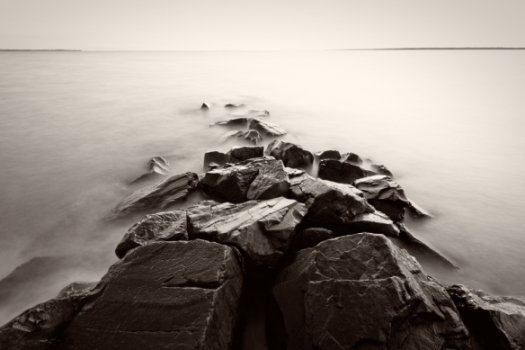
As I was setting up my tripod for this shot this summer as I collapsed, de-telescoped, closed or whatever you call it, one of the legs the rubber foot shot off sending me scrambling to find it. Luckily I did! The glue had finally given up on the Gitzo 1325 legs of my tripod. Not bad after taking a beating for 8 years. I got a two part adhesive and glued it back in place and my tripod problems were over. Or at least I thought my tripod problems were over.
When I was using the tripod this week one i found that one of the legs was impossible to fully extend. Years of neglect had finally come home to roost. Photographing in and around the ocean means that your gear takes a pounding. Ideally you would rinse the salt water off your gear with fresh water. There are obvious problems doing that with cameras and lenses but you can and should do some clean up of your gear with a soft damp cloth after you’ve been out. I do this as needed after every shoot but I’ve never properly cleaned my tripod. This has largely been out of fear of getting the tripod to pieces and not being able to get it back together again.
I actually found that taking the tripod to pieces was much easier than I’d expected. On the old Gitzo that I have it’s simply a matter of unscrewing the leg lock the whole way and then pulling on the leg. The one that was stuck needed me to stand on the head of the tripod and then yank hard on the leg. Eventually it yielded to force! While the tripod was in pieces I took the opportunity to clean up the threads both on the leg and on the screw lock. The leg locks had been making awful grinding noises for years, presumably from sand and salt getting in there. This was easy enough to do with a rag for the legs and a toothbrush to get into the locks. As an aside I had always been taught to extend the tripod fattest section first, which of course meant that the lower section lock ended up under water the first time I used the tripod at the beach. While this advice is generally sound I typically have the lower section extended the width of my hand – about 4 inches – and then when working at the beach this is the first section that gets extended.
At the top of the tripod legs I found 3 bushings – two plastic and one that could easily be carbon fiber. Trying to get the legs back together was a little tricky and after a little bit of trial and error I realized that it was the plastic bushings causing the problems. I took these off the tripod and wound them into a tighter circle and then when they went back on the tripod the plastic stayed in this tighter configuration long enough to allow me to reassemble the whole thing relatively easily,
It was quite an educational process and easy enough that I could have been doing regularly all along!




